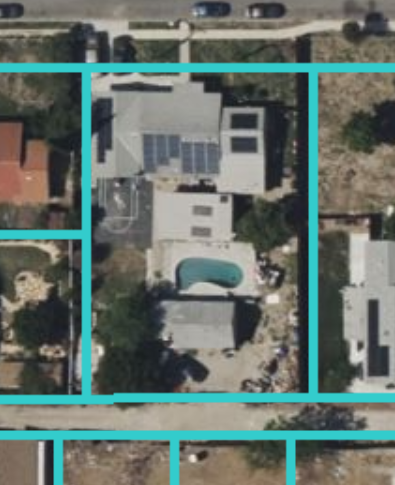- Print
- DarkLight
- PDF
LightBox ID FAQ
- Print
- DarkLight
- PDF
Q: What happens to a LightBox ID when an entity it is assigned to fundamentally changes?
A: When fundamental changes occur with a parcel, a new LightBox ID will be assigned.
LightBox sees this as a fundamental change and will retire the original LightBox ID and create new LightBox IDs
Q: Is there one LightBox ID that relates to each object?
A: LightBox IDs are unique across all LightBox objects.
Q: Are LightBox IDs persistent over time?
A: Yes, LightBox IDs persist over time, if the object has significant change then we consider it a new object and will return the old ID and create a new ID.
Q: In the data that was delivered to me, how do I tell the difference between a LightBox ID and general ID?
A: LightBox IDs are represented in our on-site data with a "LID" (LightBox ID) suffix. Examples are PARCEL_LID, ASSESSMENT_LID, ADDRESS_LID, BUILDING_LID
Q: Why do I not see _LID within the API responses?
A: Our APIs follow a strict ontology so all IDs are called id. You will find that if it is a LightBox ID it is documented.
Q: Do all LightBox data carry a LightBox ID?
A: No, only specific datasets carry a LightBox ID. All of our core data sets carry a LightBox ID.
Q: Are other ID's that are not LightBox IDs also persistent?
A: Unless it is specifically specified in the documentation other IDs are do not persist over time.
Q: What are the benefits of this connectivity?
A: The benefits are varied and broad.
- Without the LightBox ID and the relationship tables we find that our clients will go through this process on their own. This adds to an incredible amount of resource time work through the relationships which costs your company money. This ends up reducing your ROI on our products.
- Let LightBox focus on the laborious part and all the nuances that are riddled through this process so your team can focus on your product.
- Due to resource constraints, when our clients go on their own, we find that they will do one or two of the relationships that meet their current needs. With LightBox providing all the linkages, even if they are not needed right now they are available without any additional work for your team to take advantage. This provides a level of agility that becomes difficult when it is not already built.
Q: What kinds of questions can this the LightBox connectivity model answer?
A: Some examples below:
- Where is this address located?
- Which/How many buildings are on this parcel?
- What parcels are associated with a given building?
- How many parcels does this building span?
- What parcels have sold in the last year?
- What parcels are single family residential with lots greater than two acres?
- Do all of the buildings on this group of parcels have the same ownership?
- How many addresses are associated with this building or parcel?
- What is the complete list of addresses associated with this building?
- Does this building have any secondary addresses?
- How far is the building from the road?
- What is the aggregate square footage of all the structures on a parcel?
- How many non-occupied buildings (garages, storage buildings, pool houses) are on the property?
- How close is the nearest building with a different address?
- Comparables
- Physically proximity
- Ownership
- What is the risk?
- Financial
- Environmental
What information can be obtained for 1:many relationships?
- Multiple buildings on a single parcel
- One building on multiple parcels
- What are the ownership details?
- What are the land use details?
Q: How is ADDRESS_LID determined?
A: ADDRESS_LID utilizes the address, unit, and 5-digit postal code of the standardized address.
Q: Do we keep historical LightBox IDs that we retire?
A: Not as a product offering.
.png)


.png)